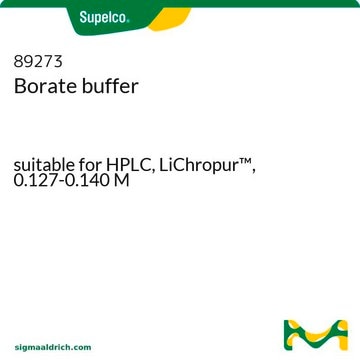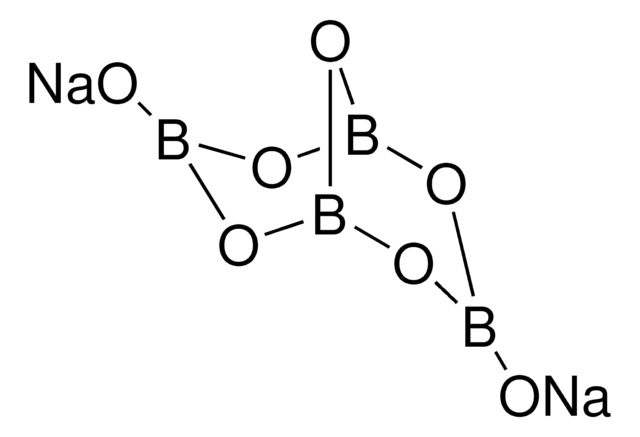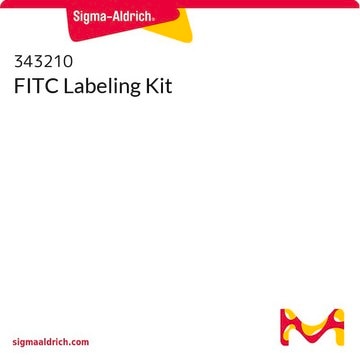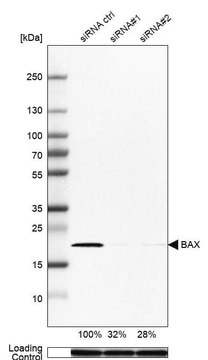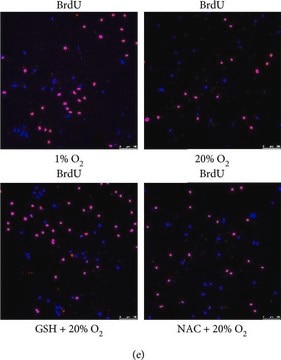General description
Anti-Mcl-1 is developed in rabbit using a synthetic peptide corresponding to an internal region of Mcl-1 of human origin with N-terminal added cysteine, conjugated to maleimide activated keyhole limpet hemocyanin (KLH), as immunogen. MCL1 apoptosis regulator, BCL2 family member (Mcl-1) is expressed in many normal and neoplastic cells and is especially abundant in skeletal and cardiac muscle and in germinal centers of lymphoid tissues.
Mcl-1 is a member of Bcl-2 family that contains 3 Bcl-2 homology (BH) domains, BH1, BH2 and BH3, originally identified as an upregulated gene in human myeloid leukemia cell line (ML-1) in response to PMA. It is regulated transcriptionally and post-transcriptionally to enhance the cell survival. Mcl-1 is induced rapidly through cytokine-mediated survival pathways. Additionally, the upstream half of Mcl-1 RNA contains PEST (pro (P) Glu (E), Ser (S) and Thr (T) ) sequences and exhibits rapid turn-over. Increased expression of Mcl-1 maintains cell viability, decreased expression promotes cell death. Mcl-1 is reported to exhibit differentiation stage-specific expression in hematopoietic lineages and epithelial cells. A splice variant of Mcl-1, Mcl-1s promotes cell death. Often, the expression of Mcl-1 is induced via the MAPK signalling pathway acting on SRF/Elk-1 or Akt/CREB regulated pathway. Mcl-1 is expressed in many normal and neoplastic cells and is especially abundant in skeletal and cardiac muscle and in germinal centers of lymphoid tissues. It is predominantly expressed in the mitochondria but in neutrophils it seems to be mainly located in nuclear fractions.
Specificity
Anti-Mcl-1 specifically recognizes Mcl-1 in tissue and cell extracts (40 to 42 kDa doublet).
Immunogen
synthetic peptide corresponding to an internal region of Mcl-1 of human origin (amino acids 121-139). This sequence is highly similar in mouse and rat.
Application
A minimum working dilution of 1:8000 is determined by immunoblotting using HeLa human epithelioid carcinoma mitochondria extract. It may also be used for detection by immunoblotting in Human melanoma cell lines, Human colon adenocarcinoma HT-29 and SW620 cells. Mcl-1 is immunoprecipitated from the lysate of mitochondria from 2.5 to 5.0x10 7 HeLa cells using 100 to 150 μg of the antibody. The antibody is suitable for protein microarray applications.
Anti-Mcl-1 antibody produced in rabbit has been used in immunoblotting.
Biochem/physiol Actions
MCL1 apoptosis regulator, BCL2 family member (Mcl-1) exhibits great lability presumably due to its PEST sequence (P, Pro; E, Glu; S, Ser; T, Thr). Unlike the stable Bcl-2 protein, Mcl-1 exhibits great lability presumably due to its PEST sequence (P, Pro; E, Glu; S, Ser; T, Thr). Mcl-1, like Bcl-2, promotes cell viability under conditions which otherwise cause apoptosis. MCL1 acts as a chaperone of fortilin by binding and stabilizing it. It also interacts and negatively regulates the proliferating cell nuclear antigen (PCNA).
Physical form
Solution in 0.01 M phosphate buffered saline, pH 7.4, containing 15 mM sodium azide
Disclaimer
Unless otherwise stated in our catalog or other company documentation accompanying the product(s), our products are intended for research use only and are not to be used for any other purpose, which includes but is not limited to, unauthorized commercial uses, in vitro diagnostic uses, ex vivo or in vivo therapeutic uses or any type of consumption or application to humans or animals.
